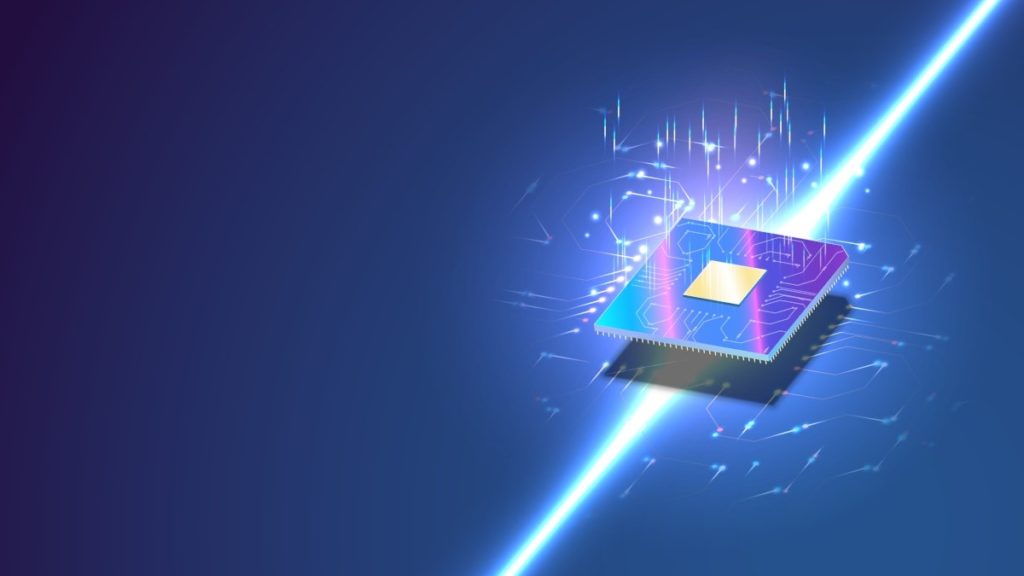Greetings, fellow tech enthusiasts! My name is Dave, and I’m an engineer at AMT with a passion for all things optics. My journey into the world of copackaged optics and Kovar fiber optic housing began with a serendipitous mishap involving a mislabelled box of doughnuts and an obscure technical manual. But more on that later. Today, I’m here to share my insights and tips on the future of connectivity, focusing on the exciting realm of copackaged optics.
A Hilarious Twist of Fate
Let me start with a funny backstory about how I found myself neck-deep in the fascinating field of copackaged optics. It all began on a rainy Tuesday morning. I was a fresh graduate, keen to make an impression on my first day at AMT. In a bid to start off on the right foot, I decided to bring doughnuts for the team. However, in my haste, I accidentally grabbed a box that contained an old technical manual on copackaged optics instead.
As fate would have it, my supervisor noticed the manual and, thinking it was intentional, praised my initiative to dive into such a complex topic right away. With no choice but to roll with it, I spent the next few months engrossed in learning everything about copackaged optics and Kovar fiber optic housing. And here we are today, with me sharing this exciting knowledge with you.
What Are Copackaged Optics?
Copackaged optics, often abbreviated as CPO, refer to the integration of optical and electronic components into a single package. This innovative approach reduces latency, power consumption, and enhances performance, making it ideal for high-speed data centres and telecommunication networks.
The Role of Kovar Fiber Optic Housing
Before diving deeper into copackaged optics, it’s crucial to understand the importance of Kovar fiber optic housing. Kovar, an iron-nickel-cobalt alloy, is renowned for its superior thermal expansion properties, making it an excellent choice for housing fiber optic components. Its stability ensures minimal signal loss and reliable performance, which is essential for the high precision required in copackaged optics.
Benefits of Copackaged Optics
1. Enhanced Performance
Copackaged optics significantly enhance data transmission speeds and reduce latency. By integrating optical components closer to the electronic processing units, the signal path is shortened, leading to faster and more efficient data transfer.
2. Energy Efficiency
One of the standout advantages of copackaged optics is their energy efficiency. Traditional data centres consume vast amounts of power, much of which is dissipated as heat. Copackaged optics reduce power consumption by bringing components closer together, thereby minimising the energy required for data transmission.
3. Space Optimization
In data centres, space is a premium commodity. Copackaged optics enable the design of more compact and efficient systems, reducing the overall footprint of networking hardware. This space-saving feature is particularly beneficial for large-scale data centres.
Tips for Implementing Copackaged Optics
1. Choose Quality Housing
The reliability of copackaged optics heavily depends on the quality of the housing. Opt for Kovar fiber optic housing due to its excellent thermal and mechanical properties. At AMT, we specialise in providing high-quality Kovar housings that ensure the longevity and performance of your optical components.
2. Plan for Integration
When transitioning to copackaged optics, careful planning is crucial. Evaluate your current infrastructure and identify the components that will benefit most from integration. This proactive approach will ensure a smoother transition and better performance outcomes.
3. Invest in Training
Copackaged optics is a rapidly evolving field. Investing in training for your engineering and technical teams will keep them updated with the latest advancements and best practices. This knowledge is vital for maintaining a competitive edge in the industry.
The Future Looks Bright
The future of connectivity is undoubtedly leaning towards copackaged optics. As data demands continue to skyrocket, the need for efficient, high-performance, and energy-saving solutions becomes increasingly critical. By embracing copackaged optics and leveraging the benefits of Kovar fiber optic housing, we can build the next generation of data centres that are not only faster and more reliable but also environmentally sustainable.
Conclusion
In conclusion, the journey of exploring copackaged optics is both exciting and transformative. From my accidental discovery of this field to witnessing its potential firsthand at AMT, I can confidently say that copackaged optics will play a pivotal role in the future of connectivity. So, fellow engineers, let’s embrace this technology and drive forward towards a brighter, more connected future.
Remember, in the world of technology, sometimes the best discoveries come from the most unexpected places – even a box of mislabelled doughnuts!

